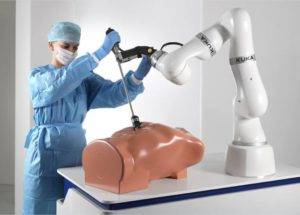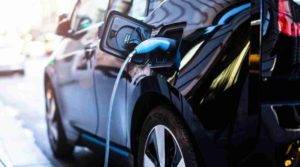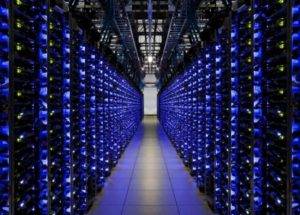The Printer that Sculpts

The Printer that Sculpts: There was an Indian show once named ‘Shaka Laka Boom Boom.’ Whatever was drawn using the magic pencil used to become a real one. If Sanju had drawn a chair using the pencil, he could have a readymade wooden chair right in front of him. That was something fictional, far from reality. However with the advent of technology, converting 2D paintings into three-dimensional objects is no longer a matter of wonder. 3D printing or additive manufacturing refers to conversion of three-dimensional digital models into solid objects under computer control. The process includes a digital 3D design file which is sent to the 3D printer in the form of thin layers. The solid object is created as a result of selective melting of metal powder using laser technology.
Chuck Hull, the inventor of ‘stereolithography’ ,defined the term as ‘a method and apparatus for making solid objects by successively printing thin layers of the ultraviolet curable material one on top of the other’. Hull at first focused only on printing with a light curable liquid, but he soon realized the technique could include solid metals as well. Since objects are created by adding materials in layers, 3D printing is also known as Additive Manufacturing (AM). The term ‘Additive manufacturing’ has gained wide popularity since the beginning of the 21st century. Numerous technologies are being employed in 3D printing such as Material jetting, Material extrusion, Binder jetting, Vat photopolymerization, Powder bed fusion, etc.
The brand ‘Hodinkee’ calls itself ‘the pioneer of 3D printed watches. Hodinkee introduced its first 3D printed tourbillon watch in 2016. The watch was the brainchild of the Swiss Engineer , Christoph Laimer. 3D robotics, that specializes in the production of unmanned aerial vehicle (UAV) using 3D printing was founded by Chris Anderson in 2102 and presently employs more than seventy people across three offices in San Diego, Berkeley and Tijuana. 3D printing technologies are also being employed for making car parts and other components in the automobile industry. 3D printing is used in the field of architecture as well. Sculpteo uses online 3D printing methods to create high quality architecture models with utmost precision. Additive technology is also used in healthcare to print three-dimensional medical tools such as prosthesis,. Other sectors where 3D printing has been employed are mechanics, food industry, aeronautics, retail, optics, mobiles, etc.
3D printing is advantageous over traditional methods of making solid models in many aspects. The complexity of the internal designs of 3D models can be visually perceived and analyzed before printing out the models in tangible forms. Since the 3D printer makes optimum utilization of molten metal to create objects, production is waste is much lesser than conventional methods of molding and casting. Moreover, traditional object building processes require the use of a number of materials and thus fixed costs are high. 3D printer is the sole creator of the entire three-dimentional model. This lowers the fixed costs of manufacturing to a massive extent. 3D printing also helps to save production time.
The coming years are expected to witness spectacular growth of Additive Manufacturing. Man is an inborn creator and has experimented ways to create things since the ancient ages. Technology has assisted mankind in giving rise to new creations by sustainable and profitable means. 3D printing can have a great future with increased investments in order to encourage even the local manufacturing companies to use additive manufacturing. Technology is growing at an impressively fast pace, and there are chances that sometime in future, sooner or later, we may see 3D printers having wide range of household applications at homes as well.














